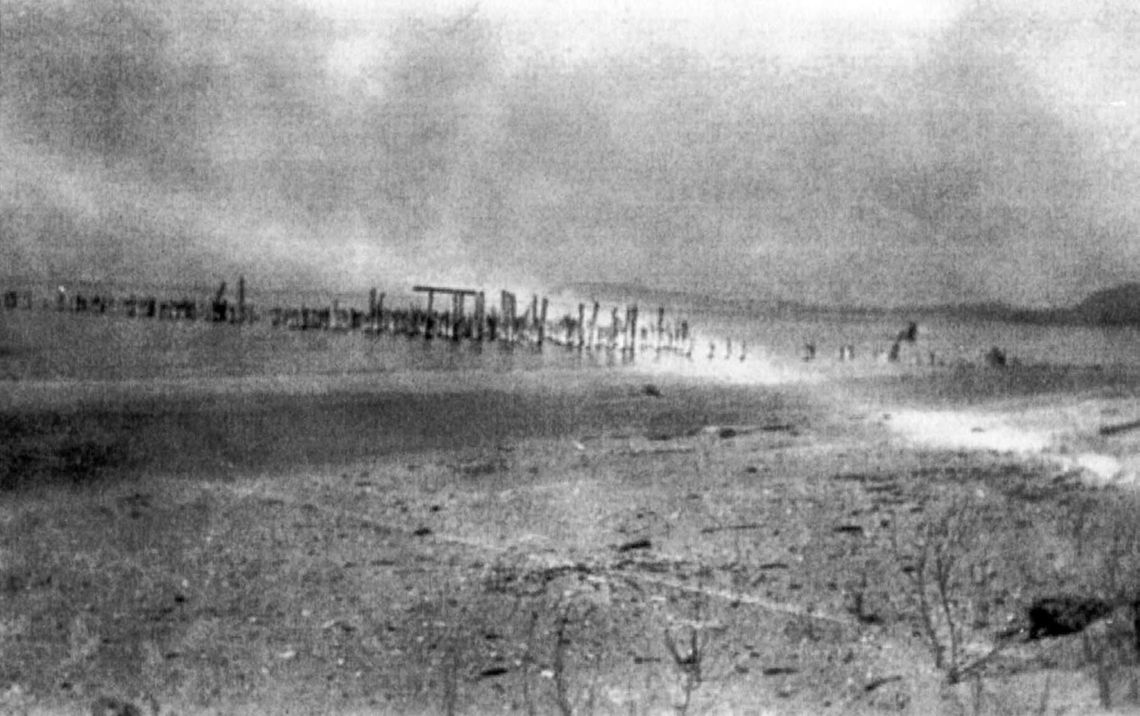The following is an excerpt from “Good Harbor, Michigan, the Story and the People, 18501931” by Norbert Bufka.
It is difficult to imagine the hardships of the early pioneers but with a few facts to encourage our imagination it becomes possible. Ships gradually became more luxurious as the years went by but they were essentially the only communication with the rest of the world in the first few years. Once the settlers arrived, they were isolated. There were only trees and no roads in this new land. The people formed little communities so they could help each other and survive in the wilderness. The only ways to travel on land were walking or on horseback or with a horse and buggy or wagon of some kind. In the winter a horse-drawn sleigh could be used, giving rise to the famous “one horse open sleigh” in the song “Jingle Bells.” Of course it wasn’t as romantic as in the song but difficult moving over the fields and through the woods.
The county was also well suited for interior travel by water. Such travel was promoted in 1865 in these words, “nearly the entire coast of the lake and bay is diversified by alternate ‘points’ and indentations, which materially increase the means of access to the land. The whole extent of coast line bordering on Lake Michigan is not less than 75 miles, of which 41 lie within Leelanaw, 50 in Grand Traverse, and 23 Antrim county. The shoreline of navigable water afforded by the various inland lakes is as follows: In Leelanau county Carp Lake affords about 36 miles and Glen Lake about 14. As previously noted, Carp Lake is now called Lake Leelanau.



